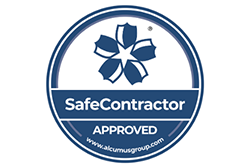What will social distancing look like across the UK?
While some businesses are now taking tentative steps to reopen, others are facing many more weeks of shuttered doors and empty cafeterias. And, with robust social distancing measures central to getting the country up-and-running again, we take a look at what some sectors will look like in the coming months.
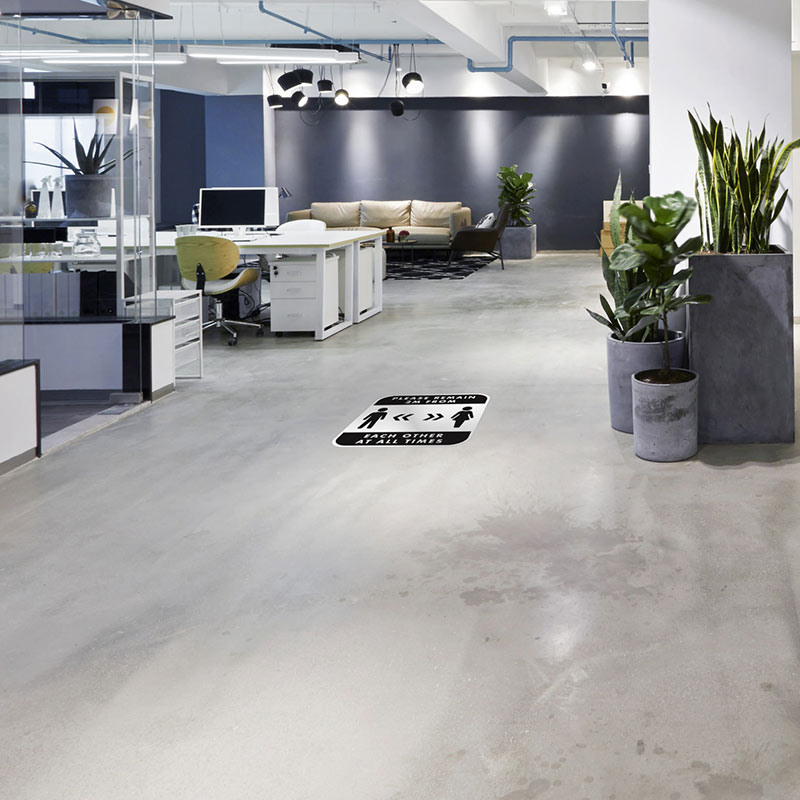
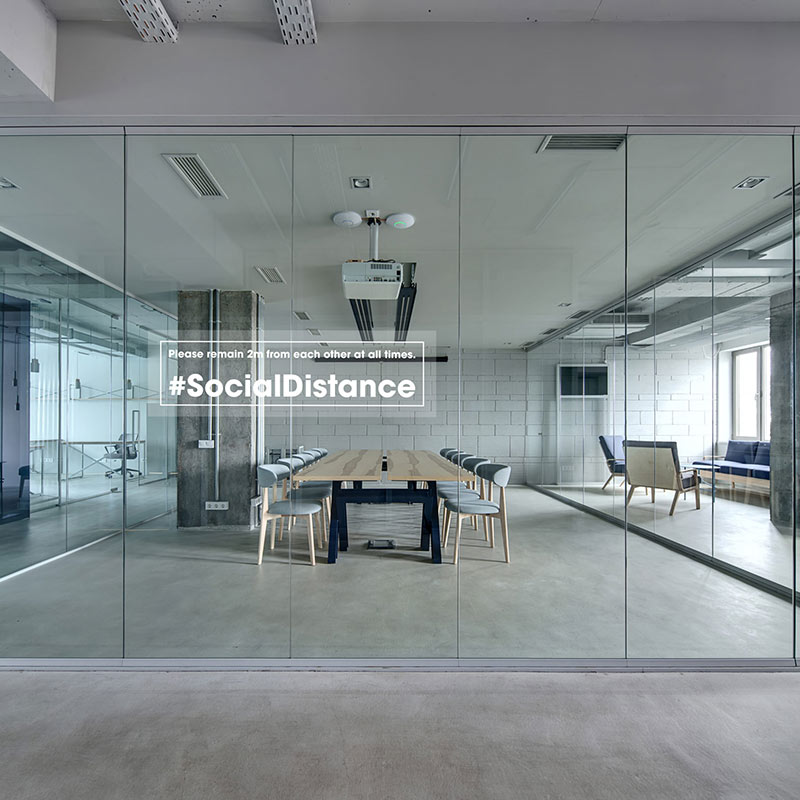
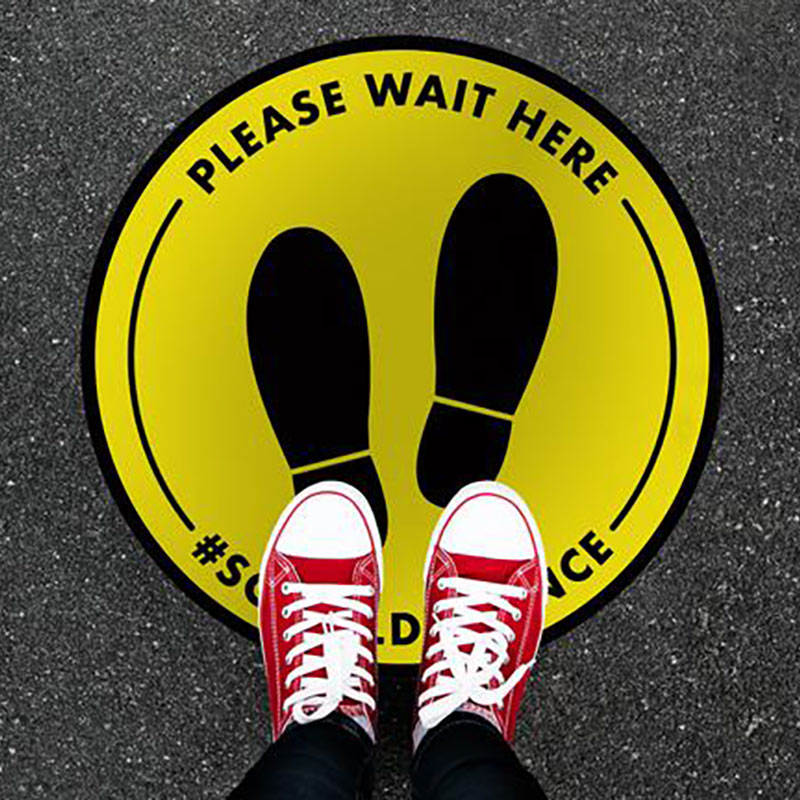
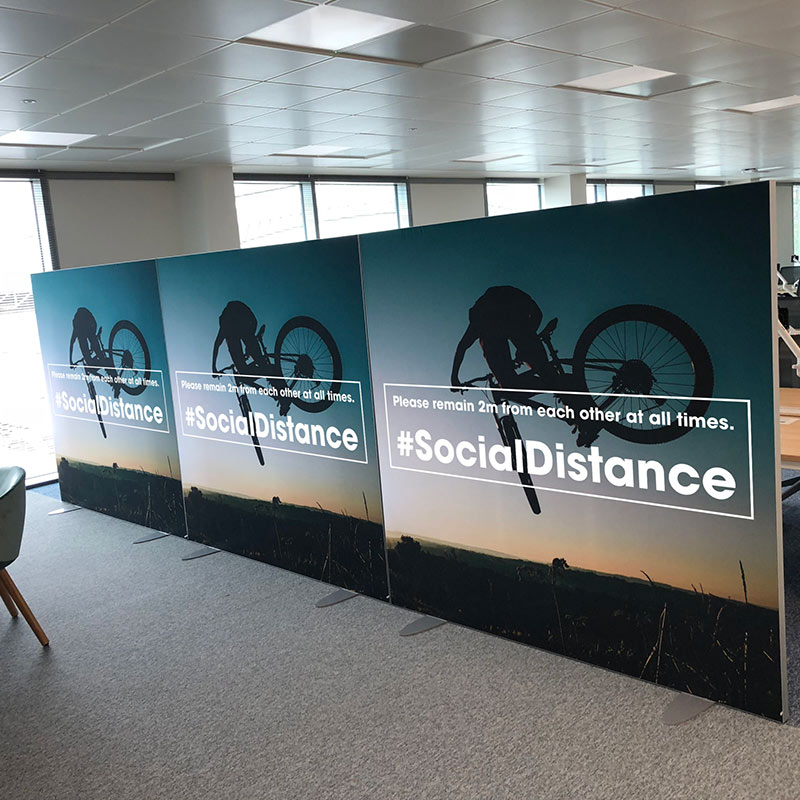
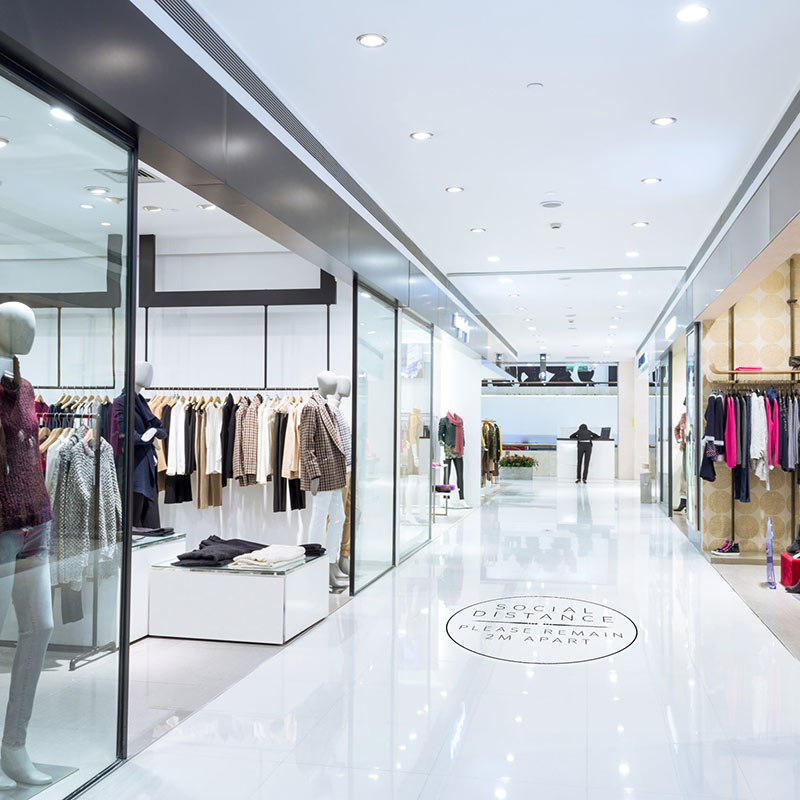
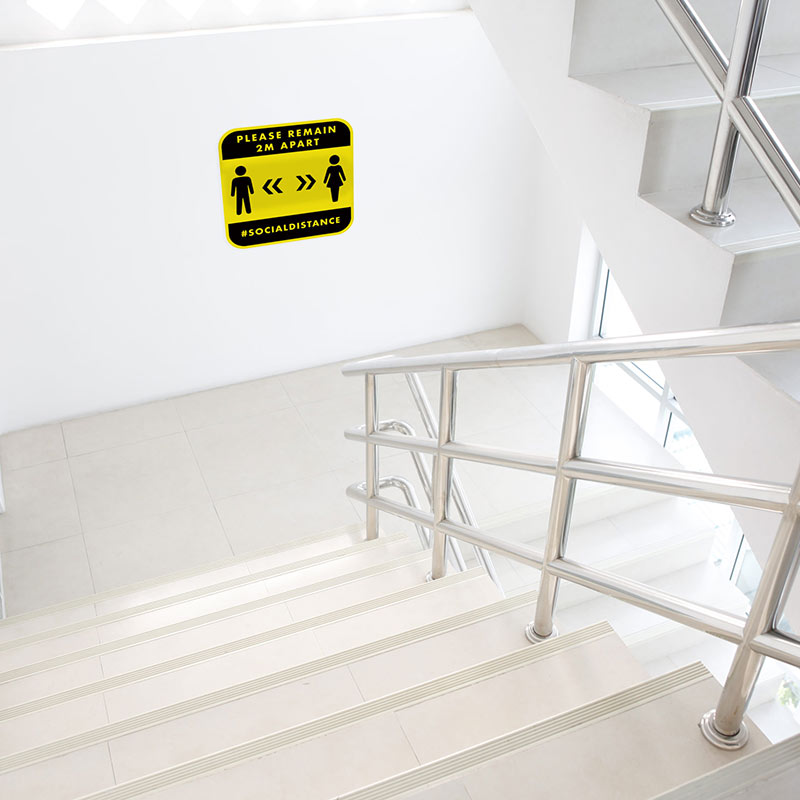
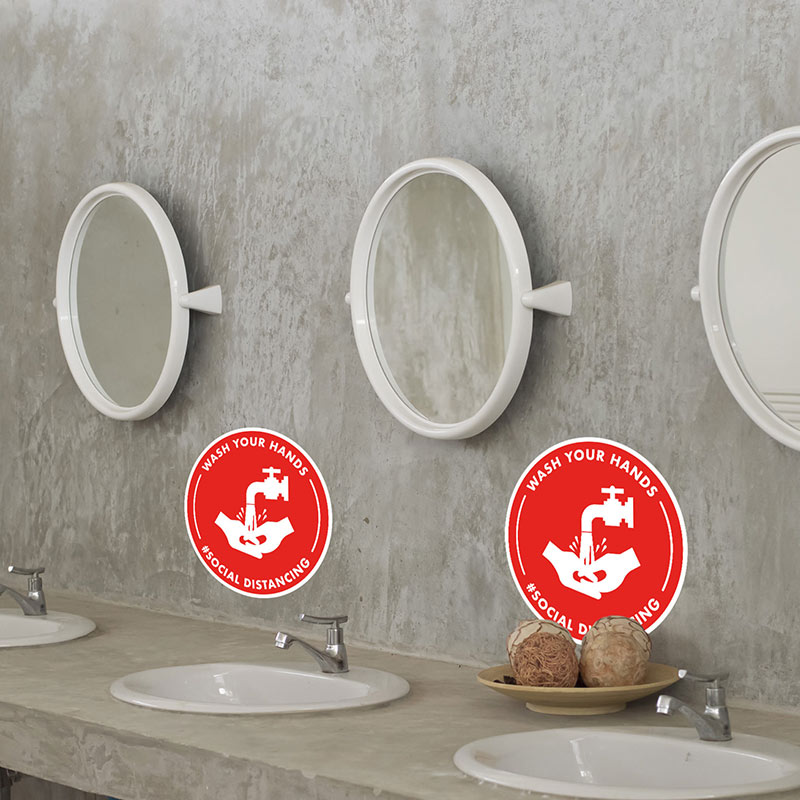
How will social distancing work in construction?
As the construction industry slowly starts to reopen, there has – understandably – been a lot of discussion around how to keep workers safe on site. For example, this month Verdict has reported on the launch of wearable technology with in-built social distancing monitoring – a solution that has been designed specifically to help the construction sector recover from challenges linked to the lockdown.
Building work by its very nature often means two or more employees need to work in close proximity during the process. Therefore, sourcing and distributing the correct PPE and signage before workers even enter the site, is key.
Consideration must also be given to internal layouts – long before the end-user takes over the building. The logistics of foot traffic on corridors and staircases should be considered during the planning phases, with routes established to ensure workers travel in one direction whenever possible.
Often associated with lacklustre commitments to hygiene standards, the portable bathrooms, washrooms and recreational spaces will need to be sanitised regularly – and configured in a way which allows workers to take a break and remove their PPE, safely.
Social distancing signage will likely become as much a part of a construction site infographic as the health and safety messaging we’re all used to seeing, too. In such cases – as often exposed to the elements – guidance should be printed on robust materials and displayed at the entrance to, as well as throughout, the area.
Our digital artworking team take graphic design briefs and turn them into high-tech visuals for our client’s approval. We work closely with you – the client, to ensure the outcome meets and exceeds your expectations of achieving a visually impactful window display to draw in passing footfall, as well as in-store displays to further engage your customers once inside.
How will social distancing affect commercial interiors and design?
It has been widely reported in the media that flexible working and remote setups will likely become ‘the new normal’ for many firms and their employees, with organisations already giving thought to the reorganisation of their existing spaces, downsizing, or even a permanent shift to home-working.
If and when staff do return to their workplace though, they want to feel safe – and as though their employer is looking out for their wellbeing. Productivity will be dashed if every trip to the shared kitchen is a daunting one, so a visual commitment to cleanliness will be a vital place to start.
The layout of the workstations – and a pause on the trend of hotdesking – will likely help to instil a sense of security for workers in their dedicated area. But consider too their entry and exit from the building, and the places teams use to socialise.
Branded hand sanitising stations, floor graphics and walkways – as well as clear wayfinding signage coordinating new routes through the building – will all prove central for a safe, and welcomed, return to the office.
What social distancing measures will we see in museums and attractions?
In a recent article, The Guardian looked at how the long-term effects of Coronavirus will affect the arts and culture sector. Representing a large proportion of Leach’s customer-base, galleries and museums are fearful that visitors will be reluctant to return – with 85% citing this concern in a recent survey by Art Fund.
The article detailed some of the most obvious difficulties of operating any large leisure attraction – be it a museum or theme park – in the era of social distancing. This included the significant hurdles to overcome at the entrance, toilets, café and the all-important gift shop.
There is hope though. Although families haven’t been able to pile into the car and hit the motorway during the bank holiday weekends we’ve had in lockdown, they have still ‘visited attractions’. Tech-savvy curators have been pivoting their existing business models and inviting online audiences to view collections – using the power of virtual tours.
Many of these will convert such ‘visitors’ down the line, as they will be keen to see the ‘real thing’ when it is safe to do so. Yet, it’s likely that when these venues do reopen there will be limited numbers allowed in the space at any one time.
As with most of the sectors we’ve looked at, staff and customers will more than likely be given a set route to follow through the building, via the use of social distancing graphics and directional signage.
For more information on Leach’s range of standard and bespoke social distancing and wayfinding collateral, send us a message.







